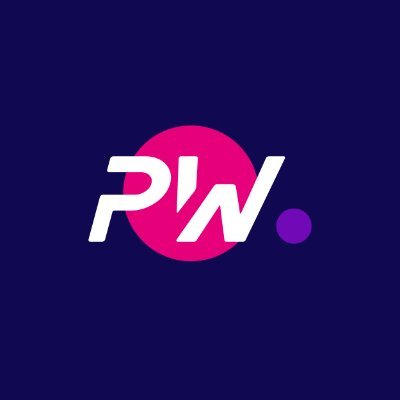💥Polkadot’s Second Age is taking shape!
@paritytech's latest engineering update just dropped 3 signals every builder & investor should care about.👀
1️⃣ The base layer is leveling up — stability is becoming a feature
Hub reliability, consistent RPCs, cleaner execution tracing.
These are the upgrades you ship when you’re preparing for real users, real apps, real businesses.
2️⃣ PVM & JAM are crossing the line from theory → production engineering
Deterministic execution, message-passing, node lifecycle logic —
This is the infrastructure that makes serious Web3 applications possible.
3️⃣ Tooling momentum is back
Faster local setup. Cleaner dev containers. Smoother SDKs.
Lower friction ≠ small detail — it’s the #1 predictor of ecosystem growth.
None of this is flashy.
None of this is hype.
But it’s exactly the kind of compounding engineering work that precedes an adoption wave.
The story between the lines?
Polkadot isn’t “slow” — it’s quietly laying down the foundations for its next era.
And when the foundations are this strong… the apps come fast. 🏄♀️
Here’s a quick snapshot of progress across the Parity engineering teams as we build the foundations for the Second Age of Polkadot:
• Polkadot Hub
The team continues refining the developer experience. Key improvements include stability fixes around precompiles, more consistent RPC behaviour, and better tracing of contract execution.
Small but significant changes that smooth the path for Solidity and PVM developers.
• PVM (Polkadot Virtual Machine)
Work continues on the PVM prototype. The focus remains on execution correctness, gas accounting, and deterministic behaviour across nodes. The team is tightening the feedback loop between the PVM runtime and the toolchain to support early internal experiments without friction.
• JAM
Engineers progressed on several spec clarifications and early implementation blocks, focusing on message passing, node lifecycle, and simplifying the programming model. No hype here, just steady steps toward a verifiable, modular compute layer.
• Reliability & Performance
Core infra teams shipped updates improving block production stability on test networks and expanded internal monitoring to track availability across all teams. The reliability dashboard continues to inform tighter iteration cycles and faster root cause identification.
• Tooling
Ongoing DevContainer, CI, and SDK improvements reduce overhead for developers inside and outside Parity. This adds stronger linting, easier local chain bootstrapping, and incremental usability upgrades to the stack.
The work isn’t glamorous, but it compounds.
Every week, we’re tightening the fundamentals that make the Second Age of @Polkadot possible.

3.35 K
22
El contenido al que estás accediendo se ofrece por terceros. A menos que se indique lo contrario, OKX no es autor de la información y no reclama ningún derecho de autor sobre los materiales. El contenido solo se proporciona con fines informativos y no representa las opiniones de OKX. No pretende ser un respaldo de ningún tipo y no debe ser considerado como un consejo de inversión o una solicitud para comprar o vender activos digitales. En la medida en que la IA generativa se utiliza para proporcionar resúmenes u otra información, dicho contenido generado por IA puede ser inexacto o incoherente. Lee el artículo enlazado para más detalles e información. OKX no es responsable del contenido alojado en sitios de terceros. Los holdings de activos digitales, incluidos stablecoins y NFT, suponen un alto nivel de riesgo y pueden fluctuar mucho. Debes considerar cuidadosamente si el trading o holding de activos digitales es adecuado para ti según tu situación financiera.


